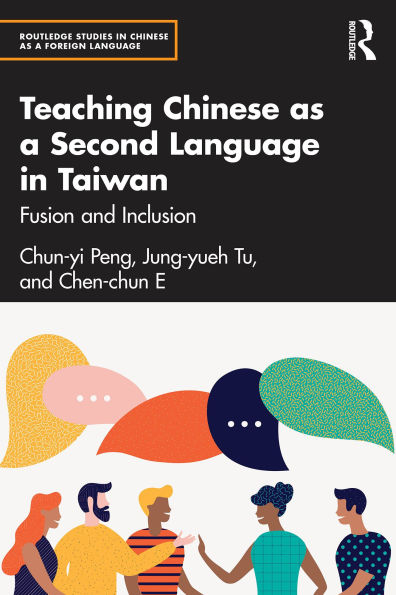This book focusses on the teaching and learning of Chinese as a second language (CSL) in contemporary Taiwan. It explores linguistic, social, and pedagogical perspectives and offers unique insights into Taiwan’s diverse language landscape, from international students to immigrant learners.
Readers will gain an in-depth understanding of how Mandarin is taught and learned in Taiwan, benefiting from the book’s linguistic approach and its examination of multilingualism, teacher education, and immigrant language programs. It provides practical insights for CSL teachers and learners, combining theoretical analysis with real-world examples of language use in Taiwan.
This book is ideal for CSL instructors, aspiring teachers, and students interested in learning Mandarin in Taiwan. It will also appeal to scholars studying language pedagogy, and sociolinguistics, and those involved in teacher education programs.
This book focusses on the teaching and learning of Chinese as a second language (CSL) in contemporary Taiwan. It explores linguistic, social, and pedagogical perspectives and offers unique insights into Taiwan’s diverse language landscape, from international students to immigrant learners.
Readers will gain an in-depth understanding of how Mandarin is taught and learned in Taiwan, benefiting from the book’s linguistic approach and its examination of multilingualism, teacher education, and immigrant language programs. It provides practical insights for CSL teachers and learners, combining theoretical analysis with real-world examples of language use in Taiwan.
This book is ideal for CSL instructors, aspiring teachers, and students interested in learning Mandarin in Taiwan. It will also appeal to scholars studying language pedagogy, and sociolinguistics, and those involved in teacher education programs.

Teaching Chinese as a Second Language in Taiwan: Fusion and Inclusion
142
Teaching Chinese as a Second Language in Taiwan: Fusion and Inclusion
142Related collections and offers

Product Details
| ISBN-13: | 9781040355565 |
|---|---|
| Publisher: | Taylor & Francis |
| Publication date: | 06/30/2025 |
| Series: | Routledge Studies in Chinese as a Foreign Language |
| Sold by: | Barnes & Noble |
| Format: | eBook |
| Pages: | 142 |
| File size: | 3 MB |
